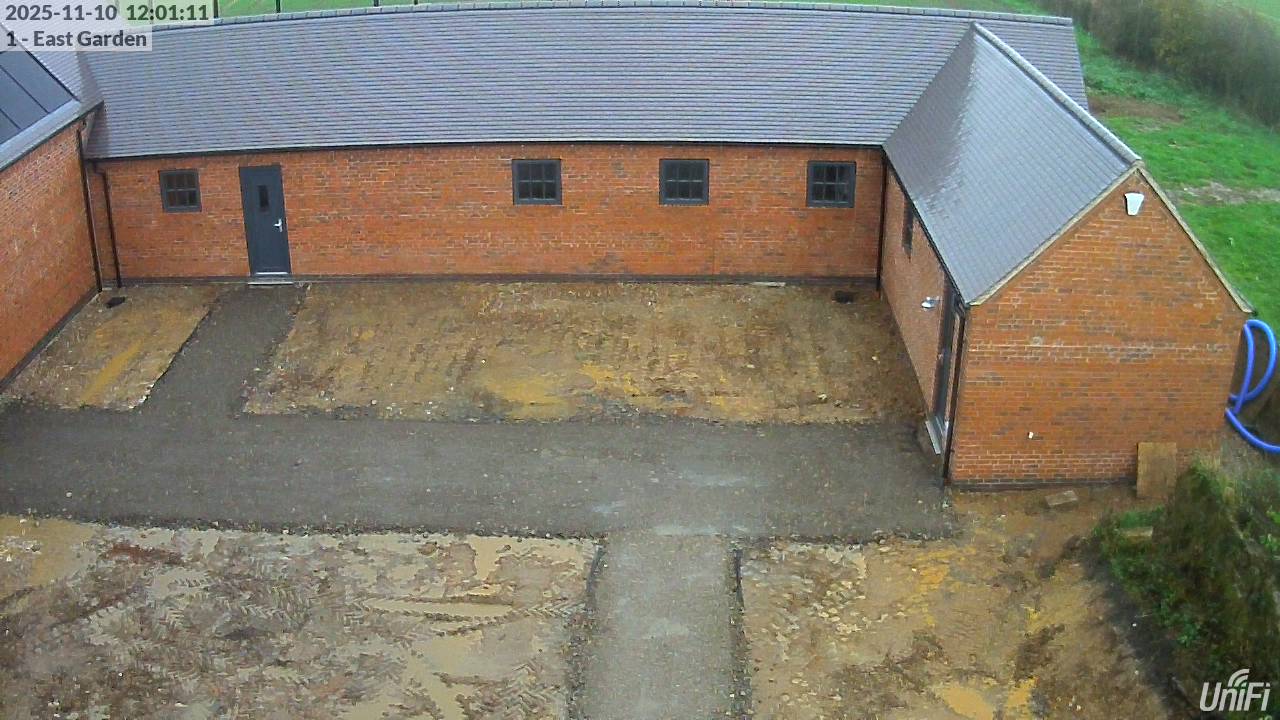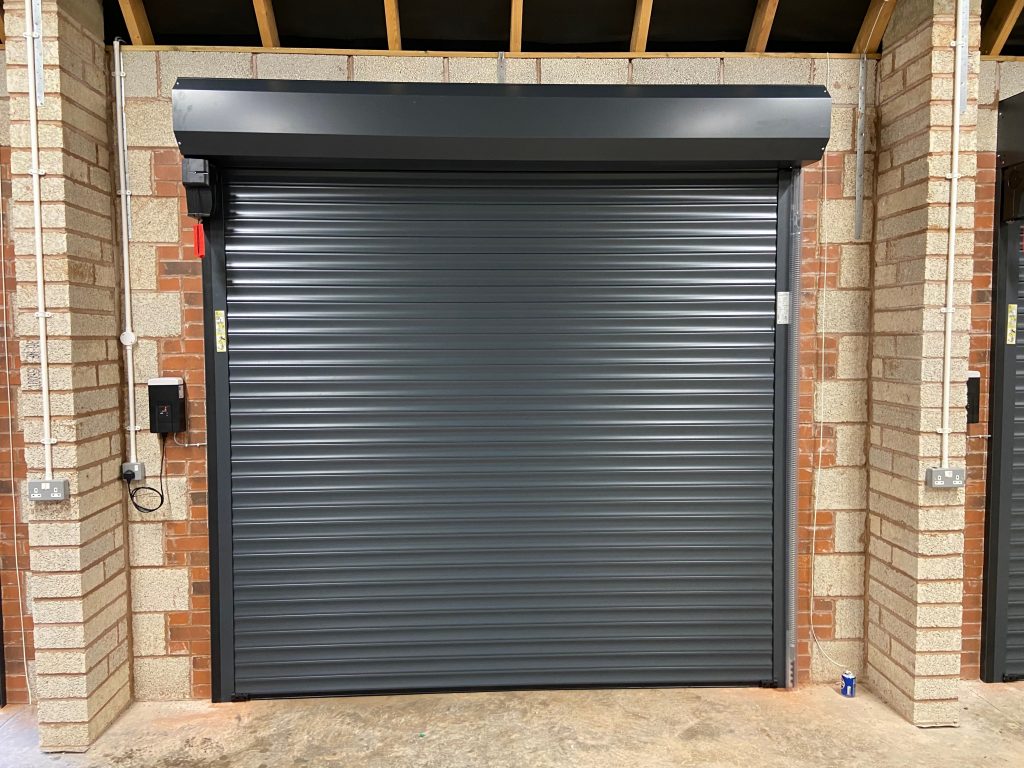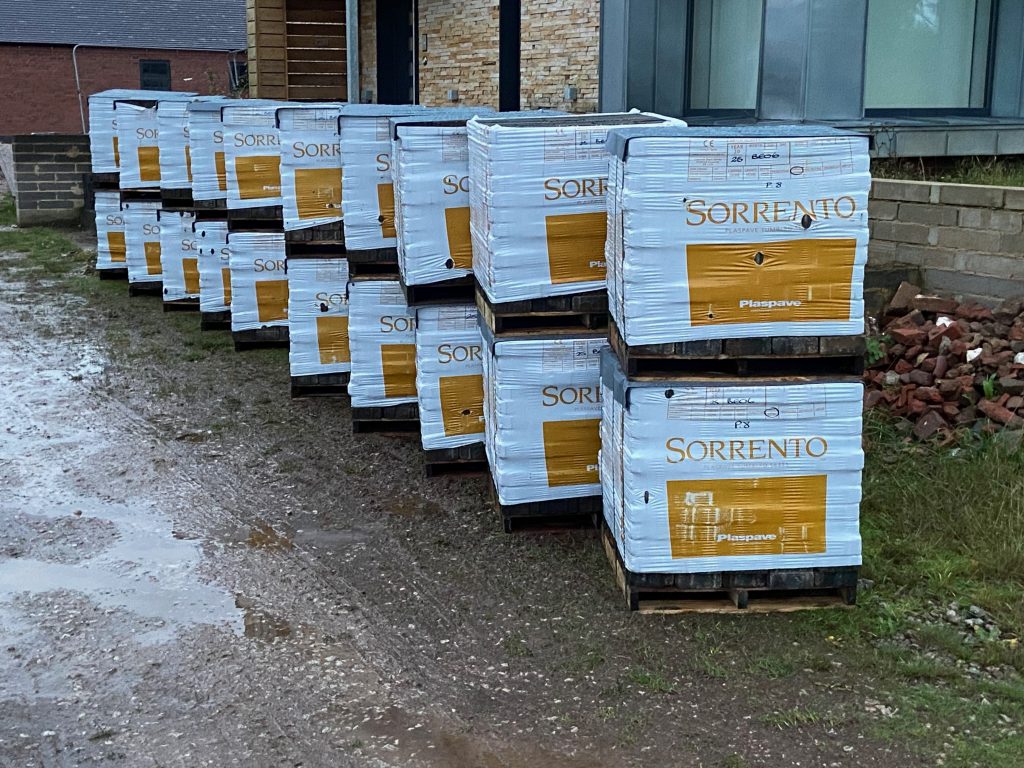The house has PIR sensors to control lighting in the hallways / landings and bathrooms. These are Danlers PIR Occupancy Switches; model CEFL PIR in dry locations and CEFL PIR SEALED in bathrooms. These take a 230V live input and switch that with a relay for the output. They’re intended to directly switch 230V lighting (and are rated for 6A of resistive load) but they’re wired to a KNX ‘Binary Input’ bank which senses the switched 230V and is configured to control the relevant (DALI-dimmable) lights.
A key reason for adopting this approach was the limit of 20 KNX devices within an installation imposed by the (relatively) affordable KNX ‘ETS Lite’ software license used to program the home automation system – there’s only one KNX device (the Binary Input sensor), whereas there would have been 12 if these had been native KNX presence sensors. The Danlers sensors are about £45 each, whereas native KNX presence sensors are getting on for double that.
In the Ground Floor Hallway, which is relatively long and thin and is typically approached from the Front Door / Living Room (at one end) or the Kitchen / Family Room (at the other end) there are two sensors – about 1/4 the way from each end. These effectively operate ‘in parallel’ and the first one to trigger switches the lights on. This configuration works well.
While they function as intended, slight niggles with using the 230V Danlers PIR switches include:
- Despite the Danlers units being a well-regarded, British-made product (with a 5-year warranty) roughly 1/3 of them have failed. Two were repaired under warranty – but failed again (and were then replaced under warranty) and two more failed outside warranty.
- They operate with a very distinct ‘click’ from the 230V relay, which in some cases is A Good Thing – e.g. visitors using the windowless downstairs bathroom hear the ‘click’ as soon as they open the door, while they’re looking for the light switch – but it can be annoying in other rooms.
- Since there’s no manual switch to choose to press (or not), the sensors always trigger when they sense movement – whether or not that’s intended or desirable
- In en-suite bathrooms it’s annoying to have the lights come on at full brightness in the middle of the night – but they need to be bright at other times of day
- The basic sensors can’t do anything different at night, so there’s an Automation rule in Home Assistant which reacts to the Binary Input sensor and does different things depending on whether it’s considered ‘night’ or not – which means some of the lighting is reliant on Home Assistant working correctly and is hence less robust than native KNX operation would be
For the Outbuildings, there’s a rather more modest requirement for automated lighting control than in the House – just the Shower Room and the Plant Room, both of which receive no natural light and which have Switched (rather than Dimmable) lights. Now the KNX device limit is higher (up to 64 devices in a single installation, using the ‘ETS Home’ license tier), using native KNX presence sensors seemed a better way to go – avoiding the need for a ‘Binary Input’ module (which have a high cost-per-input in small sizes). Since the Shower Room sensor needs to operate in a humid environment that needs to be ‘sealed’ to some extent, which limits the choice of MDT-brand sensors to pretty much just the MDT SCN-P360L2.03 which provides 360-degree coverage with two PIR sensors and is IP44-rated. (The Plant Room sensor is identical, even though it doesn’t need the IP44 rating.)
These sensors offer a range of additional flexibility:
- They can take an input to specify Day versus Night, and do different things depending on the setting, without needing to rely on an Automation rule in Home Assistant
- They can be adjusted in terms of their sensitivity threshold for presence / occupancy
- They can provide logic to maintain overall lighting levels, taking advantage of natural light where that is available (and running artificial lighting at reduced brightness) then adding more artificial light when the natural light level reduces
- They can provide an output to a HVAC system, with different configuration settings from the lighting outputs
- For example, in the Shower Room, this could be used to change the fan speed on the MVHR system – either via a switched output or a ‘dimmable’ 0-10V controller
It remains to be seen how well the KNX PIR sensors operate in practice but so far I’m impressed by their specification, their small size, and the configuration options available. While it would be difficult to retro-fit these into the House (since the existing sensors use 230V Twin&Earth cabling, which would need replacing with KNX Bus cabling) I’d be inclined to use native KNX sensors in the House if starting again.



